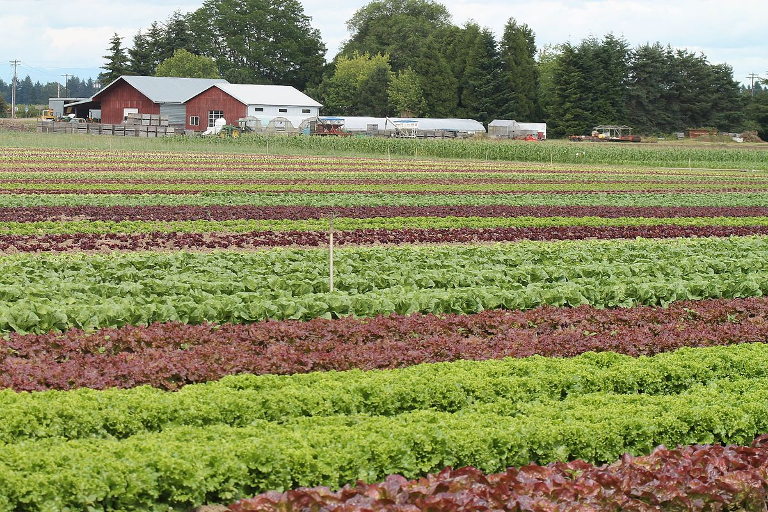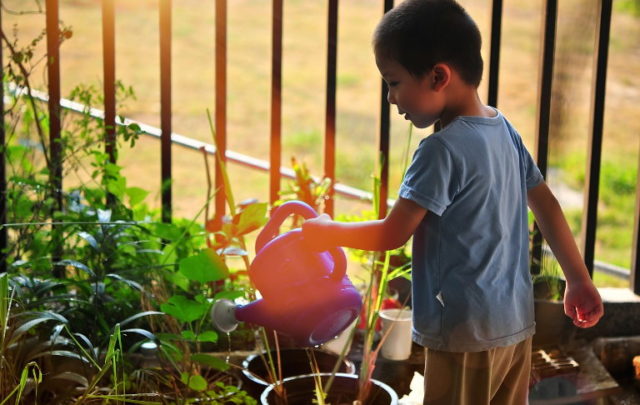This post is based on a chapter from Post Carbon Institute’s 2016 book The Community Resilience Reader: Essential Resources for an Era of Upheaval.
The signs of resource depletion, ecosystem degradation, and anthropogenic climate change are widespread in the 21st century. Food system activities are both a major driver of these changes and are particularly vulnerable to them. The ability of food systems to prepare, mitigate, and adapt will be a major challenge for all societies.
Food systems encompass the processes (e.g., planting, producing, harvesting, processing, packaging, transporting, marketing, consuming, and disposing of food), resources (e.g., land, soil, crops, animals, and machinery), and people (e.g., farmers, bakers, and policy makers) involved in providing nourishment to humans and many species of animals. Food systems are commonly understood and visible in the crops, cuisines, and products that are manifestations of the history, culture, and ecology of specific communities. We must also understand food systems as being linked at local, regional, national, and global scales. Every time you buy a cup of coffee, you are engaging a highly complex web of relationships.
The way food is produced, processed, sold, consumed, and disposed of for more than seven billion people and many billion more livestock has transformed communities and ecosystems at every scale—from the loss of family farms and mom-and-pop diners to the ecological reengineering of much of California’s Central Valley and the Midwest. Globally, the enormous scale of industrialized food production contributes to soil erosion, deforestation, water overuse and pollution, air pollution, climate change, and a wide range of social problems, from migration to obesity.
Over several decades, pockets of alternatives that aim to transform industrial food systems have emerged at all scales, from global movements like Slow Food and practices like organic farming, permaculture, and fair trade certification, to local grocery cooperatives and community gardens. These alternatives are often premised on the relocalization of food supply chains as well as on values such as authenticity, trust, soil health, sense of community, and sustainability.
Alternative food systems are emerging in many ways, one of which is systems-level planning initiatives organized by cities, counties, regions, and states. One of the most advanced and comprehensive—and most relevant for building resilience at the level of communities—is Vermont’s Farm to Plate Initiative. The threefold aim of this initiative is to increase economic development in Vermont’s food system, create jobs in the farm and food economy, and improve access to healthy local food for all Vermonters. It has its basis in the Farm to Plate Strategic Plan and the Farm to Plate Network, both launched in 2011; the latter now includes more than 350 businesses, organizations, and agencies collaborating and aligning their activities in support of common goals.
By many accounts, Vermont has developed the most comprehensive food system plan in the United States. How did Vermonters do it? We harnessed the power of networks to build trust, pursue new opportunities, and tackle long-standing problems across the state—and we have developed a comprehensive data collection, analysis, and visualization system for tracking progress and telling stories.
Photo credit: By HessCreek – Own work, CC BY-SA 4.0





